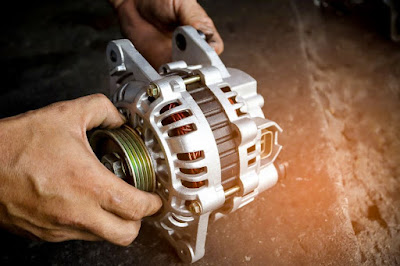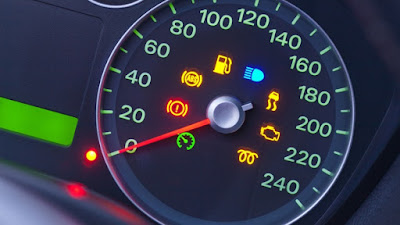Did you want to know that one of the top calls for roadside assistance is because of a dead car battery? One of the most vital parts of your vehicle, the battery has to be strong sufficient not only to start your car but to power the on-board computers and all the accessories that are an essential part of today’s modern vehicles. Servicing your car battery is not only one of the easiest forms of maintenance to keep your car running smoothly, but it is one of the most vital.
Without any thought, many of us just jump into our vehicles and expect them to start. However, the old adage “out of view, out of mind,” is often true for the car battery. Because it resides under the hood and there is no usual mileage interval for a car battery replacement, it is easy to forget about taking care of this crucial component that makes your car run!
But you may be wondering when your car battery should be replaced? Just like a smartphone battery, every time you charge it, it gradually loses a bit of its efficiency. A car battery can take anywhere from 3 to 5 years of usual use for it to become worn down and inefficient. It can then become totally unreliable, which then causes safety and reliability problems.
A weak battery can affect your car in several ways, including:
- Auto electrical system – Although your car may still start with a bad battery, it can be affecting other features that require significant power demands.
- Constant battery drain – Newer vehicles have powerful computers that are operating all the time, continuously drawing energy from the battery even when the vehicle is turned off.
- Stop-start technology – This technology places a greater strain on the battery because the car is continuously stopping and starting again.
With cold temperatures here for a while, it would be smart to have your car battery checked at every oil change. A car battery can be at 90% performance one day, and go down to 20% a short time later. By keeping track of the health of your battery and knowing when it’s time for a car battery replacement, you can avoid being stranded out in the cold.
Are you wondering when your car battery should be replaced? Contact our ASE Certified Technicians at Clausen Automotive, The Hybrid Shop, for more information about a car battery replacement and to request an appointment. Our auto repair shop has proudly served car owners in Madison, WI, and the surrounding communities.















